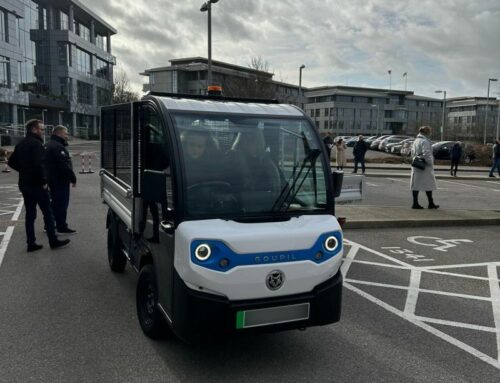A NEW report from sustainable mobility specialist Arval UK has revealed the real-world ranges that fleet operators can expect when they adopt electric vans.
The real-world range figures in the eLCVs – Electric fleet transition powered by real-world data report can help fleets to plan running battery-electric commercial vehicles.
Until now, independent real-world data on eLCV range has not been openly available leading to confusion within fleets about how electric vans would fit with their needs. The new research was carried out at Millbrook Proving Ground.
David Watts, Arval UK senior consultant, said: “Our real-world testing across small, medium and large electric vans, each assessed with three payload weights in typically cold weather, shows that for fleet operators to be confident that the van won’t run out of electricity on a route, a figure of around 60-70% of the official range should be used in most cases.
“Obviously there are many variables so fleets will want to use this new data to see what their typical operations will mean for EV range. However there are some reassuring points that can be taken on board – namely, figures for laden eLCVs are comparable with the performance of diesel vans, faster speeds don’t necessarily reduce range and using ‘worst case’ winter performance figures should see a positive impact in warmer months.
“Banning the sale of new petrol and diesel vehicles, scheduled for 2030 for cars, has thrown into sharp relief the different needs of fleet vehicles and how electric light commercial vehicles will fit in.
“Tax changes have triggered a sudden surge in electric car interest as drivers seize the opportunity to cut their monthly benefit-in-kind costs, but there’s also increased focus on fleet electrification across all vehicle segments. This has seen the spotlight shift to the very real and practical challenges of incorporating electric commercial vehicles into a fleet.”
As a leading advocate of fleet electrification, Arval knows that understanding the realistic operational capabilities of an eLCV is crucial to the effective electric fleet transition process.
David added: “Two key questions routinely faced from fleet operators looking to adopt eLCVs are ‘what is the real-world range?’ and ‘what impact, if any, does the payload have on this range?’
“Until now there has been an information void about the real-world range of fully electric LCVs, compared to the official WLTP figures, and also the impact of external variables such as temperature, payload and driving route.”
Arval’s eLCV Performance Report is the first independent investigation into the impact of temperature on electric LCV real-world range.
It is also the first independent investigation into the impact of payload on electric LCV range.
To view the report visit arval.co.uk/fleettoolbox/elcv-







Leave A Comment